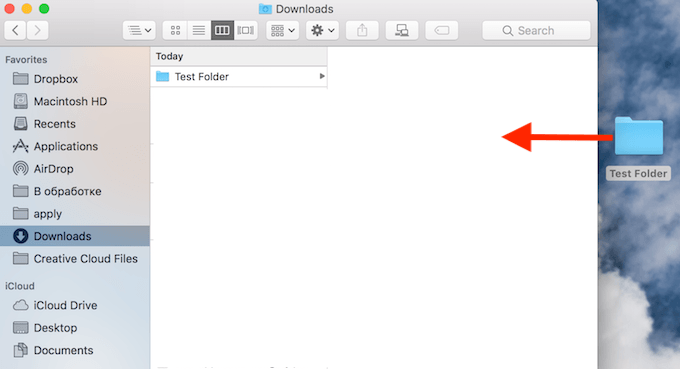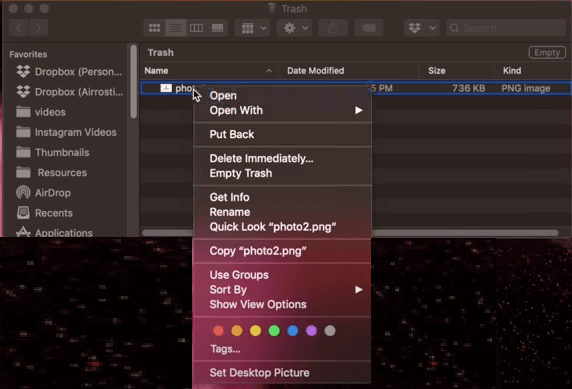

In addition, the Auto-scan will detect potential viruses or privacy flaws. With its Auto-scan feature, MacKeeper will scan your Mac every day looking for new files to clean up your Mac. If you’re worried about running out of space on your Mac, you could also use MacKeeper to empty the Trash and clean up other junk files on your Mac automatically. MacKeeper cleans your Trash automatically This is because iCloud only ever keeps deleted files for 30 days.
How to delete files on mac desktop free#
You might run out of free space on your Mac if you don’t empty the Trash regularly.
How to delete files on mac desktop how to#
How to automatically empty the Trash on a Mac
The file will immediately vanish from your Mac, without going into the Trash first. To do this, select the file using Finder and press Command + Option + Delete. If you already know you want to permanently delete a file or folder from your Mac, you can actually bypass the Trash entirely.

Just like emptying the entire Trash, when you do this your Mac permanently deletes those files, so make sure you definitely don’t need them first. If you don’t want to remove everything from the Trash in one go, you can choose to remove individual files instead. How to delete individual items from the Trash You can usually bypass this confirmation popup by holding Option while you empty the Trash. No matter which of the above methods you use, you’ll see a confirmation window appear asking if you’re sure you want to empty the Trash.

When you do so, your Mac permanently deletes every file in the Trash, so you should make sure you don’t want to recover deleted files from the Trash before you do it.Įach option ends up with the same result, so the best method to use depends on your particular workflow. There are multiple ways to empty the Trash on your Mac. When you empty the Trash, your Mac permanently deletes all those files, creating free space for you to use with new files instead. But it’s also important to empty the Trash occasionally, to avoid it taking up too much storage on your Mac. This way, if you accidentally deleted something, you can find it in the Trash and restore it without needing to worry. Deleting a file on your Mac moves it to the Trash folder.


 0 kommentar(er)
0 kommentar(er)
